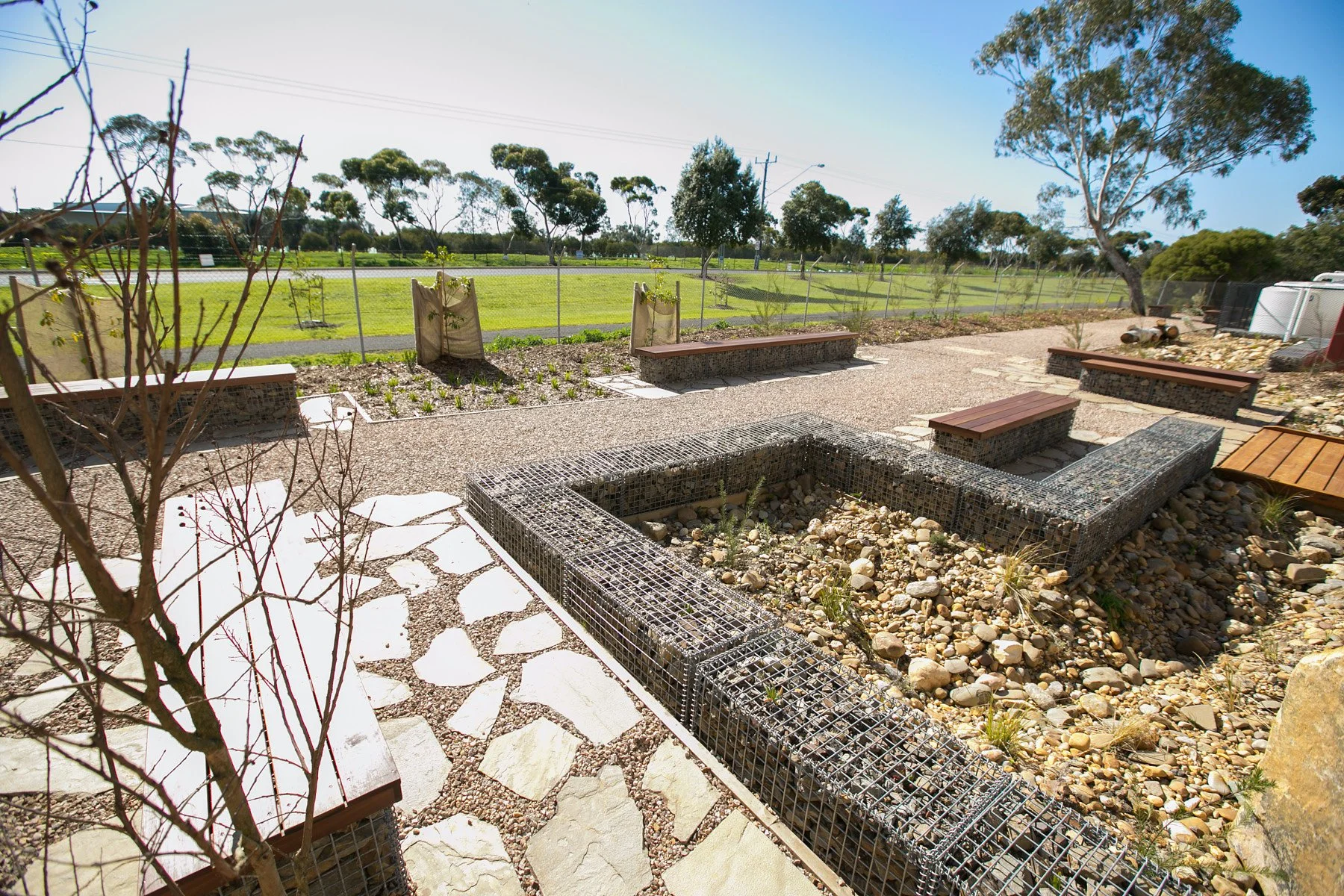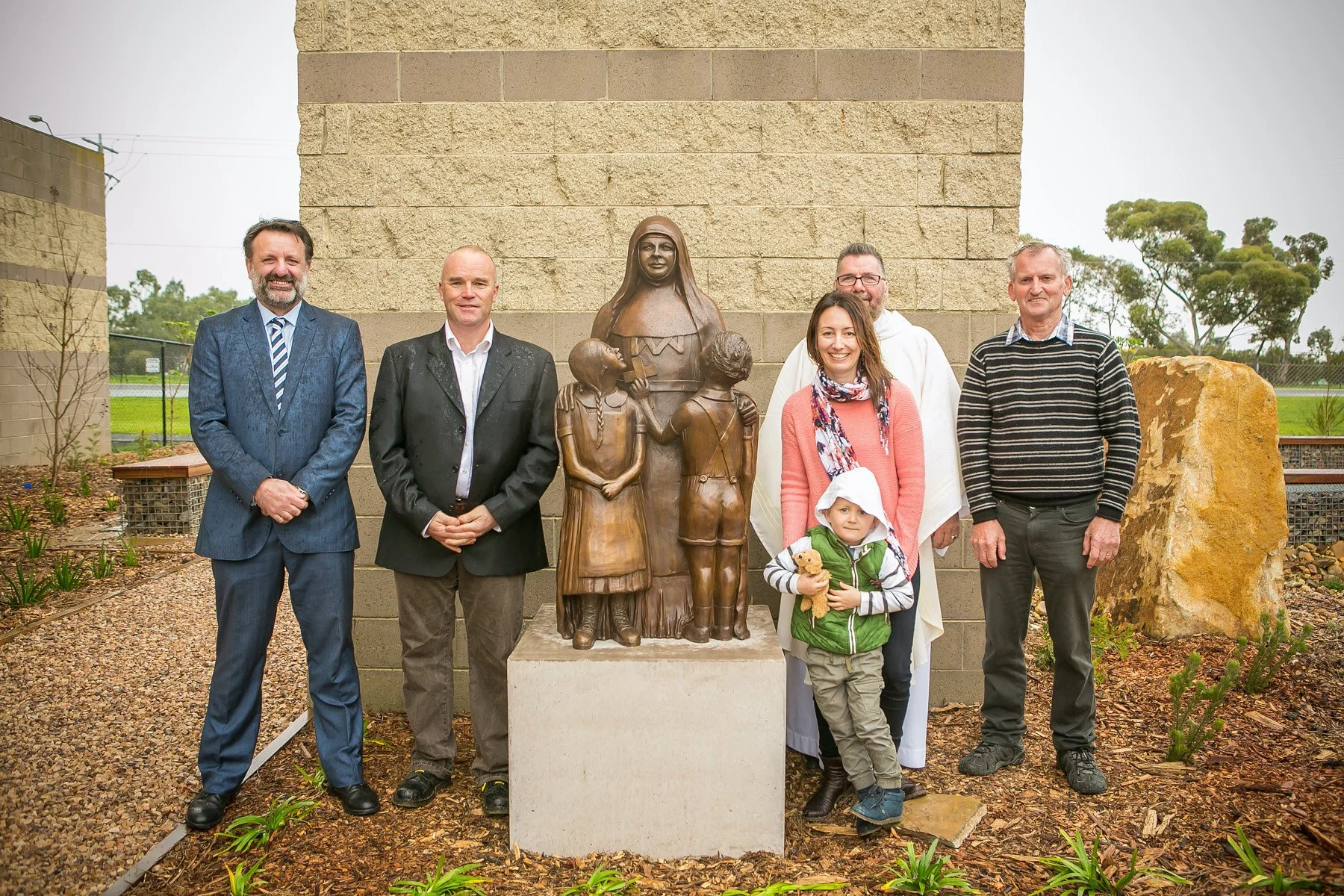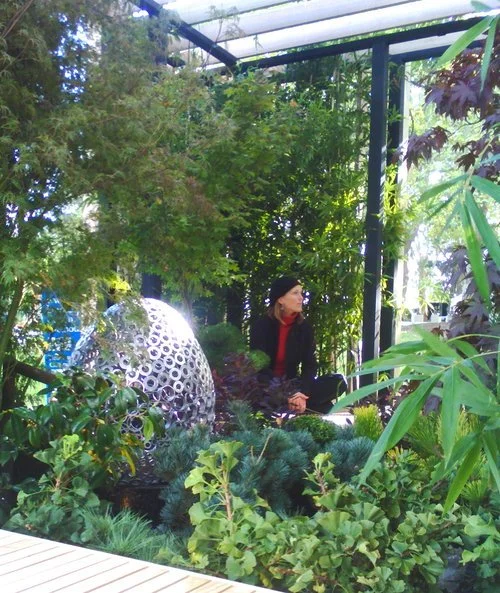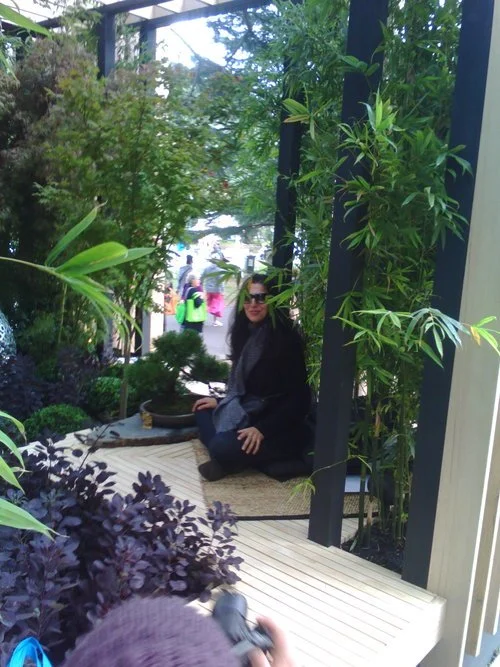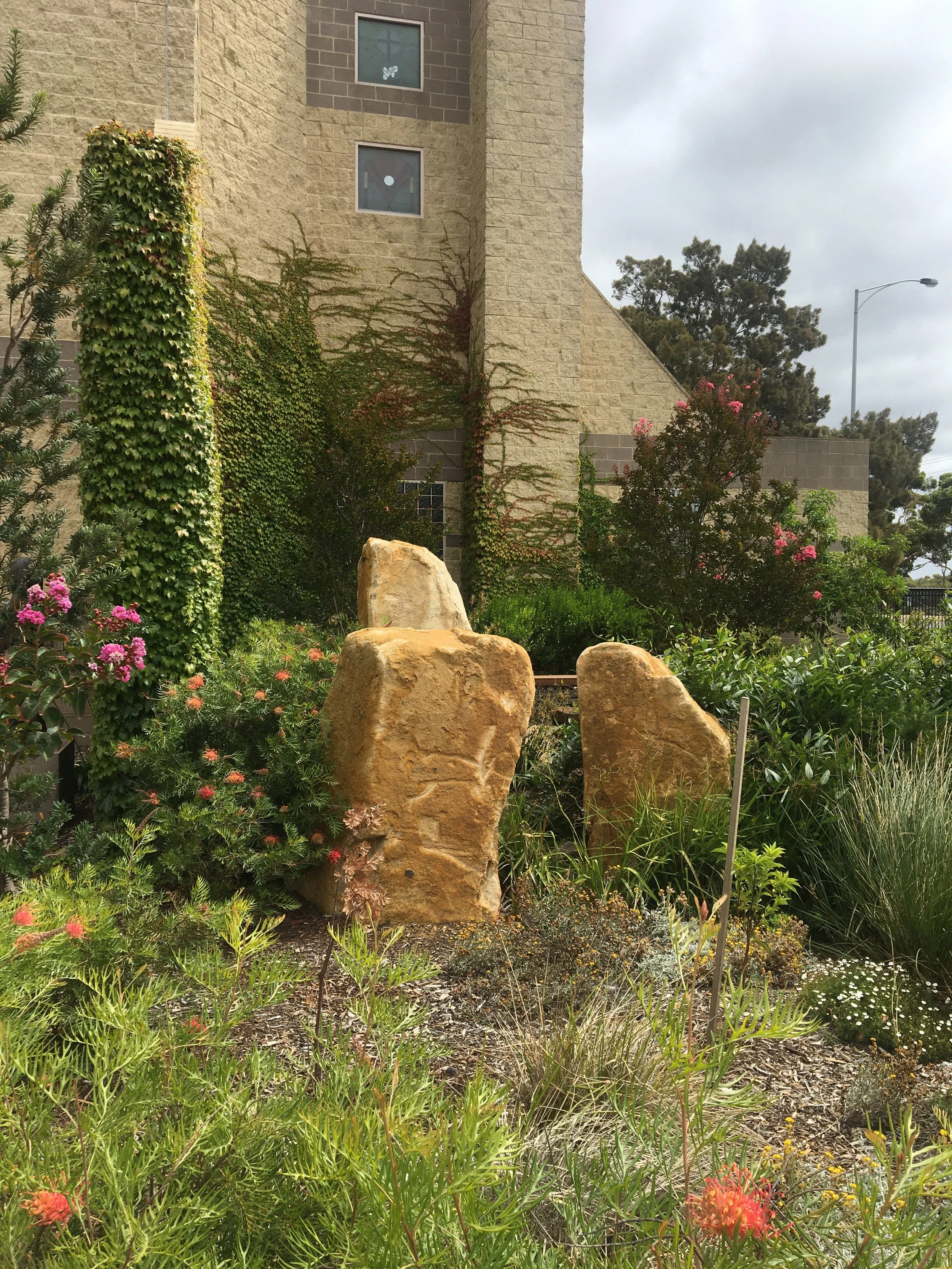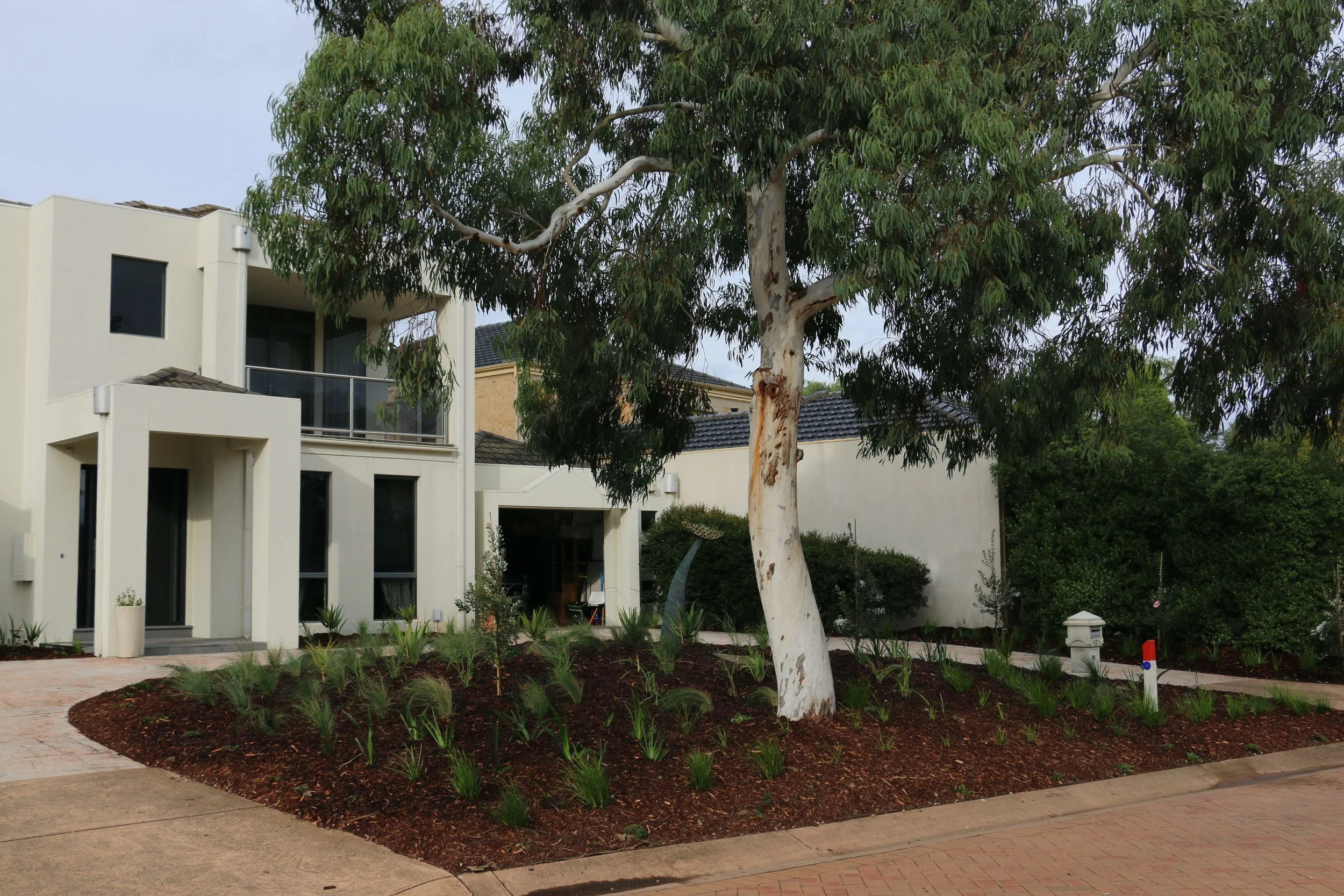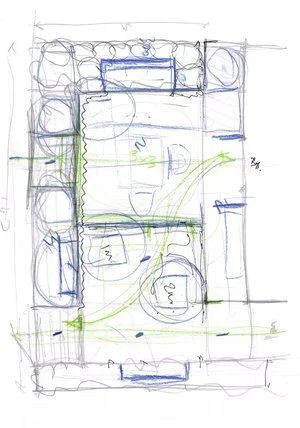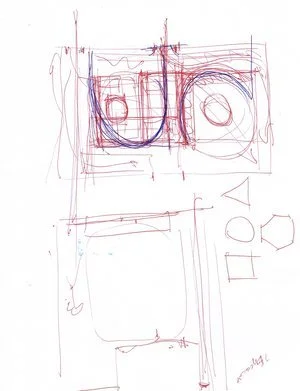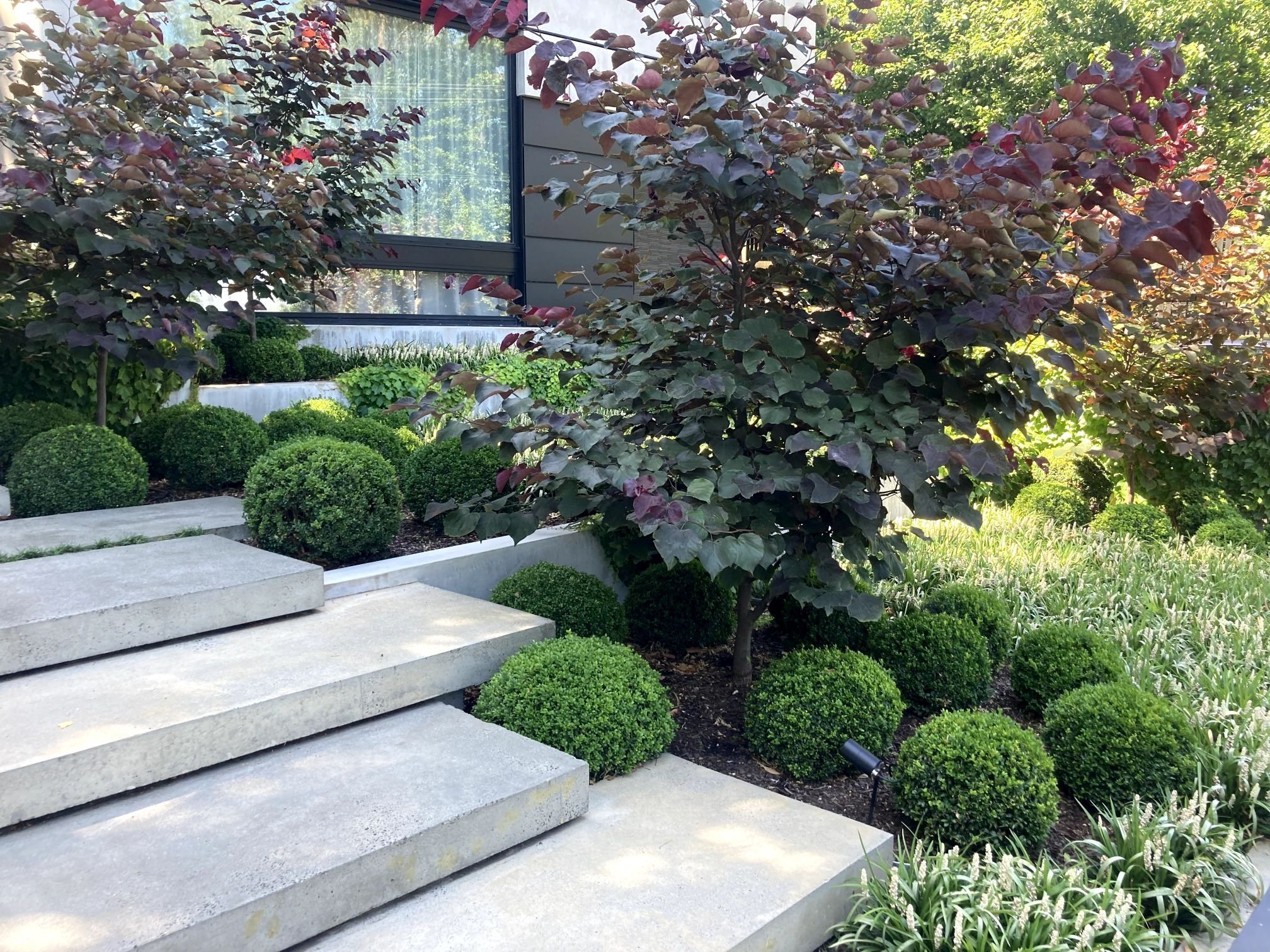
therapeutic & contemplative landscape design
landscape design melbourne
-
Garden Design
“Jai was a delight to work with in the design of my garden. He listened intently to all my 'weird and wonderful' ideas and interpreted them in a practical yet creative manner. I love the outcome and wouldn't hesitate in recommending Cheswick Gardens.”
— Susie Bunn
Garden Design and Installation
"Thanks for your fantastic work with transforming our outdoor areas into the wonderful landscapes that we have now. They will improve both our physical standard of living and emotional outlook for the future. Just great work really."
— Michael Deutscher, Amicore AustraliaSchool Garden Design and Indicative Cost Estimate
"Cheswick Landscapes fulfilled all our needs in designing an educational, social and reflective garden space at Queen of Peace Parish Primary School.
Jai Cheswick formed a real partnership with us over several months - his approach to engaging with us made the design process a real joy...it showed us that enjoyment doesn't just come from the use of a beautiful garden; but also from our connectivity to what's in the space.
His sensitivity to our requests and his regular dialogue with us meant we feel like we have also played a part in the creation of a beautiful space. He offered practical and honest advice throughout his consultation process and delivered all his promised services in a timely manner. He was also respectful of our budget and honest about what we could achieve with it.
Jai's provision of indicative material costs and advice on material suppliers was also valuable - it meant we felt some level of guidance on the construction phase, even after the design process ended. Jai's design speaks for itself - it will ensure the transformation of an empty paddock into an idyllic space where we can learn, gather, socialise or pray.
This garden will serve our staff, children and parish community for years to come. We look forward to achieving the great design he has provided in construction and would recommend Cheswick Gardens to anyone who wants a garden designed by a highly skilled, honest and friendly person."
- Anthony Drill (Principal), Queen of Peace Parish Primary SchoolEducation
Jai took time out of his busy schedule to provide my students with a glimpse into his professional experience and wisdom. The whole group really enjoyed the session and gained valuable insights into the professional realm.
Their feedback was that Jai provided fantastic information that was really down-to-earth and practical. His years of experience and obvious expertise shone through and provided an excellent example to the student group as to how to navigate the landscape design profession.
Many thanks Jai.
— Miffy Gilbert, Holmesglen TAFE: Diploma in Landscape Design.Garden Design
I had an amazing experience while working with Jai. His creativity is really impressive and has a wonderful flexible style. He pays attention to every minute details. My level of satisfaction while working with Jai is very high indeed and I would recommend him very strongly.
— Dr. Syed Saif Akram
Garden Design
Cheswick Gardens designed our garden a few years ago. The process was genuinely consultative, thoughtful and flexible. The result was excellent. We have a beautiful yet practical garden in which we grow vegetables, the children play, and we can relax and entertain guests.
Perhaps the biggest compliment I can pay is that we have not felt it necessary to change anything in the intervening years!
— Carl BenfieldGarden Consultation
Very good. Jai was professional and gave us some good insights that we otherwise would not have considered.
— Tom BalzerFrom Dr. Marc Theilhaber
The terms “healing” and “holistic” are so horribly overused in Australian society that I shy away from their use most of the time.
And yet, we will need to keep these as a guide on the horizon when we look at what Jai Cheswick is trying to achieve.
I was involved in a garden Jai designed for a medical clinic. The clinic is located in a building like so many others. Not particularly grand, not overly run down.
However, the yard of the clinic was in complete disarray. Jai was among the applicants for the job of design and he convinced the team very quickly with his clear vision for a ‘green healing space’ completely contained within the Australian landscape.
Jai had a deep understanding that the garden would serve a multitude of purposes. While it certainly was aimed to appeal visually to new and exisiting patients of the practice, there was also a deeper aim. The garden had to provide those with existential worries a space where they felt safe and cared for. Jai designed a quiet space within this area that is now often used for doctor-patient discussions, despite the fact that it is outdoors.
Many patients have since commented on the serenity of this little space in the middle of a busy suburb. Like so many things in life, it might not seem like much. Yet it affects many people in difficult times of their life on a level that words often cannot reach.
Learning that Jai is committing himself to further delve into areas of Indian and Asian philosophies as applied to gardens strikes me as a fabulous match. Because no team of humans can ever be ‘holistic’ and no one is really a healer. But creating an environment that fosters serenity and thoughtfulness in those that trust themselves into it might just achieve parts of this very noble goal. I can not think of anyone more motivated and dedicated to pursue this vision than Jai Cheswick.
-
There is now evidence-based research* regarding the therapy benefits of designed landscapes around homes, workplaces, hospitals, clinics, schools and universities.
Whether in a residential, educational or clinical setting The Williamstown Gardeners approach to landscape design in Melbourne is to design and develop naturalistic spaces that filter out the chaos of the world, places that act as antidote to the stresses and anxieties of everyday life.
Nature deficit disorder was a term coined a decade ago to describe the hypothesis that people, especially children, are spending less time outdoors, resulting in a wide range of physical, mental health and behavioural problems.
In our work we embrace the vital, nature inspired approach of the Asia and design beautiful landscapes and living environments showcasing a blend of dynamic contrasts: inside/outside, small /large, high/low, shadow/light, warmth/coolness, enclosure/openness, stillness/movement, each design holding to the philosophical principles of ‘unity in diversity’, and ‘the balancing of opposites’.
Relaxed, colourful, scented plantings contrast and balance the crisp clean lines of modern contemporary architecture, pleasing the senses and soothing the mind, facilitating a sense of personal wellbeing.
A fine example of a therapeutic landscape in a modern day work setting can be found at the Temple Gardens in London, a little-known haven of tranquillity and beauty in the heart of London's continuous uproar.
***** (Therapeutic Landscapes: An Evidence-based Approach to Designing Healing Gardens and Restorative Outdoor Spaces : Marcus and Sachs).
-
Dr Ivor Green approached us to design and manage the build of this contemplative outdoor waiting room. We designed the space to be very Yarraville, relaxed yet resilient, reinstating a simple steel fence with weatherproof seating.
From Dr. Marc Theilhaber
The terms “healing” and “holistic” are so horribly overused in Australian society that I shy away from their use most of the time.And yet, we will need to keep these as a guide on the horizon when we look at what Jai Cheswick is trying to achieve.I was involved in a garden Jai designed for a medical clinic. The clinic is located in a building like so many others. Not particularly grand, not overly run down.
However, the yard of the clinic was in complete disarray. Jai was among the applicants for the job of design and he convinced the team very quickly with his clear vision for a ‘green healing space’ completely contained within the Australian landscape.
Jai had a deep understanding that the garden would serve a multitude of purposes. While it certainly was aimed to appeal visually to new and exisiting patients of the practice, there was also a deeper aim. The garden had to provide those with existential worries a space where they felt safe and cared for. Jai designed a quiet space within this area that is now often used for doctor-patient discussions, despite the fact that it is outdoors.
Many patients have since commented on the serenity of this little space in the middle of a busy suburb. Like so many things in life, it might not seem like much. Yet it affects many people in difficult times of their life on a level that words often cannot reach.
Learning that Jai is committing himself to further delve into areas of Indian and Asian philosophies as applied to gardens strikes me as a fabulous match. Because no team of humans can ever be ‘holistic’ and no one is really a healer. But creating an environment that fosters serenity and thoughtfulness in those that trust themselves into it might just achieve parts of this very noble goal. I can not think of anyone more motivated and dedicated to pursue this vision than Jai Cheswick.
-
Urban Temple
The Melbourne International Flower and Garden Show is the pinnacle of competitive landscape design in Melbourne.
The 'Urban Temple' was a hugely successful award winning design at MIFGS 2015 viewed by tens of thousands of people. It was a showcase of ideas and art for public spaces, private landscapes, courtyards, atria, hotels, retreats, medical clinics & day spas.
It was a first time build at the Melbourne International Flower Show and it was extremely well received by both world class industry leaders and the general public.
Jai Cheswick director of The Williamstown Gardener developed the idea as a place in which someone can feel at home and comfortable with themselves. In an age where stress is the number one mental health issue for Australians and one of every 3 to 4 people suffers from either anxiety or depression within their lifetimes it is important to find an antidote to the chaos. The success of the project depends on the perceived benefits gained in terms of personal wellbeing.
““You’ve nailed it. This is right up there with the best of them””
— Philip Johnson Landscapes (Chelsea Winner 2013)The Design
Sometimes it is difficult to visualise and conceptualise how a landscape will look from 2D plans so we prepared a 3D presentation to portray the emotional as well as the visual elements of the garden.
Based on the simplicity of the Japanese ‘dry’ garden, incorporating elements of Chinese and Indonesian styles, we’ve designed this landscape to be pleasing to the senses and soothing to the mind. There were a number of versions of the temple concept and this particular one stood out as most suited to creation as a 'show' garden.
Mirroring the Asian philosophical principle of ‘unity in diversity’, and ‘the balancing of opposites’, The Urban Temple is a blend of dynamic contrasts: inside/outside, small tree/large tree, high platform/lower planting, shadow/light, warmth/coolness, enclosure/openness, stillness/movement.
In Australia we have become conditioned to European garden styles in which we sit in the garden and observe the features of the garden. The experiencer is separate from the experience. However, Asian landscape design acknowledges that man and nature are not separate. We are nature. To be at ease within it and to lose yourself amidst the tranquility of the natural surrounds is the goal.
Rocks and water draw your attention to earth, whilst the bamboo lifts your vision to the heavens. ‘China red’ inner walls provide warmth, contrasted and complimented by the coolness of the plants and pond. The scented plants and blossoms fill the senses on warm spring/summer days sitting quietly on the bamboo deck.
A series of bamboo skins envelope the main recessed area creating a walled, protected space. Rock formations mimic mountain ranges, while water replicates rivers and lakes.
Many of the plants we have used have their origins in Asia. We have reworked them into a modern contemporary formal planting arrangement. These plants are commonly used shrubs and trees like Azalea, Buxus, Ajuga, Malus, Acer, and Tracehelospernum ensuring easy maintenance and management.






















